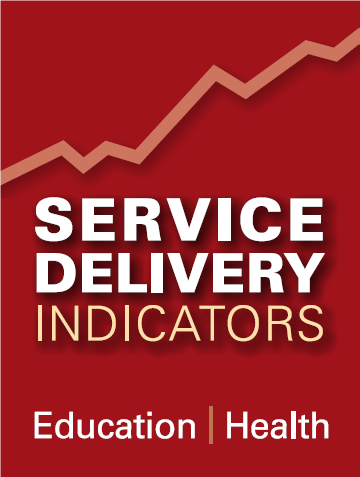
Service Delivery Indicators (SDI)
Teachers and health workers are a country's greatest asset in delivering education and health services. What they know, what they do, and the inputs they have to work with all determine the quality of services they provide. Service Delivery Indicators measure these three dimensions. A consistent questionnaire is used across the SDI countries, making the results comparable over time and across countries.
Why SDI?
Addressing the unfinished quality agenda.
Access to schools and clinics has increased in many African countries, but many children who leave school are unable to read and do basic arithmetic, and the quality of care in clinics remains uneven. Increased spending and expansion in access to education and health services have not been matched with commensurate improvements in human development outcomes, suggesting an unfinished quality agenda.
Quality is critically dependent on what service providers know and what they do.
Inspired by the World Bank's 2004 World Development Report Making Services Work for Poor People, we know that a key characteristic that distinguishes education and health services is that these services are determined by provider behavior; they are discretionary and transaction-intensive, complicating how relationships of accountability for education and health services are structured.
Accountability for public resources.
Developing country governments allocate roughly a third of budgets to education and health. Demands for accountability for the efficient use of public resources from citizens and tax payers in developed or developing countries alike are gaining in prominence, partly because of the global economic situation.
What you don't measure you can't hold service providers accountable for.
Without consistent and accurate information on the quality of services, it is difficult for citizens or politicians to assess how service providers are performing, to work towards corrective action, and ultimately bring about improvements in service delivery. There is little robust and representative evidence of what teachers and health workers do during a typical work-day, their levels of ability, knowledge and skills, how teachers perform their teaching activities and how well health workers diagnose and treat their patients.